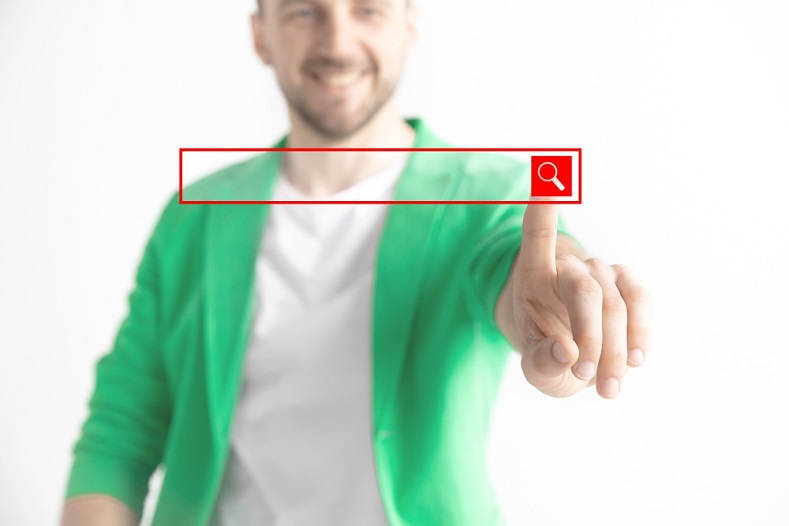Subtotal $0.00
A sudden drop in rankings or traffic can be alarming, especially if it’s due to a Google penalty. Google penalties occur when your website violates Google’s guidelines, either through manual actions or algorithmic updates. If you’ve noticed a steep decline in organic traffic, it’s crucial to diagnose the issue and take corrective action quickly.
In this guide, we’ll explain what a Google penalty is, how to identify if your site has been penalized, and most importantly, how to recover and regain your rankings.
Understanding Google Penalties
Google penalties typically fall into two main categories:
1. Manual Penalty
A manual action penalty is imposed by a Google reviewer when they detect that a website violates Google’s quality guidelines. This can be due to reasons such as spammy backlinks, thin content, or cloaking. You can check for manual penalties in Google Search Console under the “Manual Actions” section.
2. Algorithmic Penalty
Unlike manual penalties, algorithmic penalties are not manually imposed but occur due to updates in Google’s algorithms like Google Panda, Penguin, or Core Updates. If your traffic drops after a major algorithm update, it might indicate that your site was negatively impacted by the update.
How to Identify a Google Penalty
If your website experiences a sudden traffic drop, follow these steps to determine if you’ve been penalized:
Step 1: Check Google Search Console (GSC)
- Log in to Google Search Console.
- Navigate to Security & Manual Actions > Manual Actions.
- If you see a penalty notice, Google will describe the issue and how to fix it.
- Step 2: Analyze Traffic in Google Analytics
- Check your Google Analytics data for sudden traffic drops.
- Compare traffic before and after Google’s latest algorithm updates.
Step 3: Check Google Algorithm Updates
- Visit sites like Moz, SEMrush Sensor, and Search Engine Journal to check for recent Google updates.
- If a major algorithm update aligns with your traffic drop, your site may have been affected.
Step 4: Perform a Website Audit
Use tools like Ahrefs, SEMrush, or Screaming Frog to analyze:
- Backlink profile (for spammy or toxic backlinks)
- Content quality (thin, duplicate, or AI-generated content)
- Technical SEO (slow site speed, broken links, indexing issues)
How to Recover from a Google Penalty
Once you’ve identified the penalty, it’s time to take action and recover your rankings.
1. Fix Manual Action Penalties
If Google has applied a manual penalty, follow these steps:
- Review the penalty message in Google Search Console.
- Fix the issue (remove bad links, improve content, fix spammy practices).
- Submit a reconsideration request once the issue is resolved.
2. Recover from an Algorithmic Penalty
Algorithmic penalties require a strategic approach based on the type of update that affected your site:
A. Google Panda Recovery (Content Issues)
- Remove thin or duplicate content.
- Improve content quality, originality, and depth.
- Avoid keyword stuffing and AI-generated spam content.
B. Google Penguin Recovery (Backlink Issues)
- Identify toxic backlinks using Ahrefs or SEMrush.
- Use Google’s Disavow Tool to remove bad links.
- Focus on earning high-quality, natural backlinks.
C. Core Algorithm Update Recovery
- Improve E-E-A-T (Experience, Expertise, Authority, Trustworthiness).
- Enhance user experience (faster page speed, mobile-friendliness, better navigation).
- Optimize for intent-based SEO (answer user queries more effectively).
3. Improve On-Page SEO & Content Quality
- Ensure title tags and meta descriptions are optimized.
- Write long-form, in-depth content that adds value.
- Use structured data (schema markup) for better search visibility.
4. Fix Technical SEO Issues
- Increase website speed using caching and image compression.
- Fix crawl errors using Google Search Console.
- Ensure mobile-friendliness and optimize for Core Web Vitals.
5. Build High-Quality Backlinks
- Guest posting on authoritative sites.
- Earning links through valuable content like infographics or case studies.
- Avoiding PBNs, link exchanges, or paid backlinks.
Submitting a Reconsideration Request (For Manual Actions)
Once you have fixed the issues that caused a manual penalty, follow these steps:
- Go to Google Search Console > Manual Actions.
- Click on the penalty notification and select Request a Review.
- Explain what you fixed and how you ensured compliance with Google’s guidelines.
- Submit the request and wait for Google’s response (this can take a few weeks).
How Long Does It Take to Recover?
- Manual penalties can take several weeks to months to be reviewed and lifted.
- Algorithmic penalties may take weeks to months depending on how often Google crawls and re-evaluates your site.
- Recovery speed depends on how quickly and effectively you fix the issues.
Preventing Future Google Penalties
To avoid penalties in the future, follow these best practices:
1. Follow Google’s Guidelines
- Regularly review Google Search Essentials (formerly Webmaster Guidelines).
- Avoid black-hat SEO techniques like cloaking, keyword stuffing, or link farming.
2. Monitor Your Website Regularly
- Use tools like Google Search Console, SEMrush, and Ahrefs to track website performance.
- Perform regular SEO audits to identify potential risks.
3. Focus on High-Quality Content
- Create valuable, user-focused content instead of just keyword-stuffed pages.
- Maintain E-E-A-T standards (Experience, Expertise, Authority, Trustworthiness).
4. Build a Natural Backlink Profile
- Focus on organic link-building strategies like guest posting and digital PR.
- Regularly audit your backlinks and disavow any toxic links.
5. Optimize for Future Algorithm Updates
- Stay updated with Google’s latest algorithm changes.
- Implement technical SEO improvements and improve user experience.
Conclusion
Recovering from a Google penalty is challenging but entirely possible with the right strategy. The key steps include identifying the penalty, fixing the issues, improving content and SEO, and submitting reconsideration requests if needed.
By focusing on high-quality content, ethical SEO practices, and continuous monitoring, you can not only recover lost rankings but also future-proof your website from future Google penalties.
If you’re struggling with a Google penalty recovery, consider consulting an SEO expert in ahmedabadto speed up the process and implement the best practices for long-term success.



